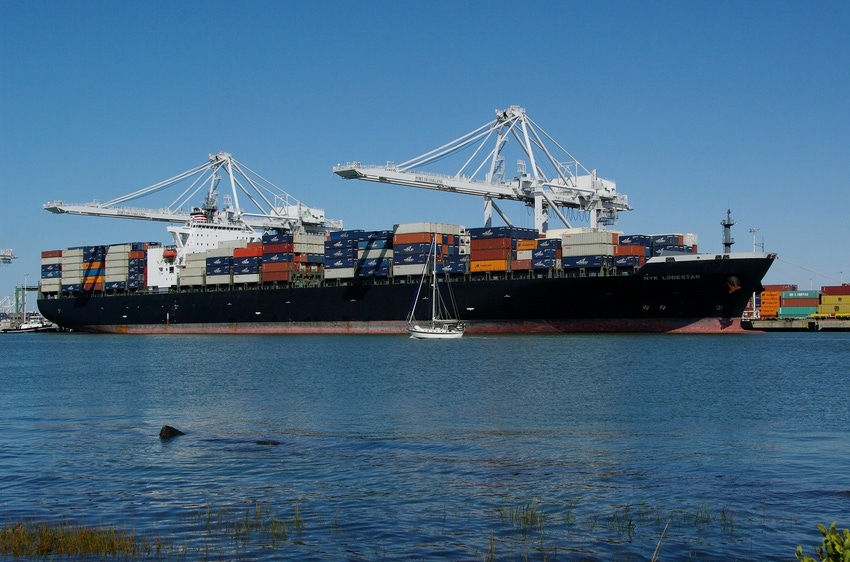Study shows impact of overseas feed grain market development
Analysis shows nearly $20 return for every $1 spent by taxpayers.
February 17, 2018

Spending on overseas market development for U.S. feed grains and related products increased the value of those exports by an average of $1.71 billion per year from 2010 to 2014 and increased U.S. gross domestic product (GDP) by an average of $5 billion per year, returning $19.76 for every $1 spent by taxpayers.
Those were key takeaways from a review of the full economic value of the U.S. Grains Council’s (USGC) programs presented by Dr. Harry Kaiser, professor of applied economics and management at Cornell University, during the final day of the organization’s 15th International Marketing Conference and 58th Annual Membership Meeting in Houston, Texas.
Kaiser recently analyzed the combined effect of USGC member support and funding from the U.S. Department of Agriculture’s Market Access Program (MAP) and Foreign Market Development (FMD) Program, which totaled approximately $20 million per year during the study period.
In addition to successes related to export value and GDP, USGC activities created 23,699 full-time jobs with $1.12 billion in labor income each year while reducing direct government payments to farmers of U.S. grains by an average of $15.3 million a year.
“Dr. Kaiser has extensive experience in looking at programs like ours and telling stakeholders if they are getting their money’s worth,” said Deb Keller, USGC chairman and farmer from Iowa. “We have a great story to tell in this regard. Our programs are not only working for our members; they are returning many times more to the federal treasury than they cost.”
On the cusp of the debate over the new farm bill, Kaiser also presented his analysis of what would happen to grain exports and the economic benefits they produce if USDA funding for market development were to be cut. He found that a 50% cut in USDA's Foreign Agricultural Service funding would cause farm receipts to fall by almost $1.7 billion, and government payments through farm safety net programs would increase by $76.6 million annually.
“We know from nearly 60 years of experience that market development works, building close relationships with our customers works and being active on trade policy issues that stymie growth works,” Keller said. “The study professor Kaiser presented puts numbers to these outcomes and will help us tell our story to the stakeholders investing in us.”
You May Also Like


.png?width=300&auto=webp&quality=80&disable=upscale)
